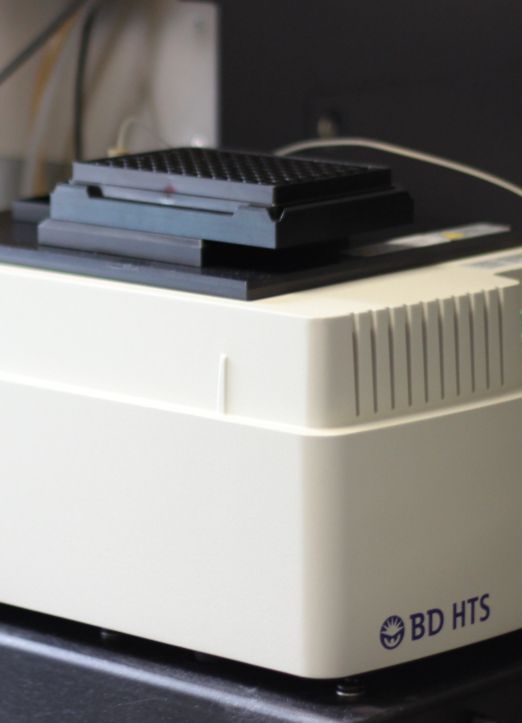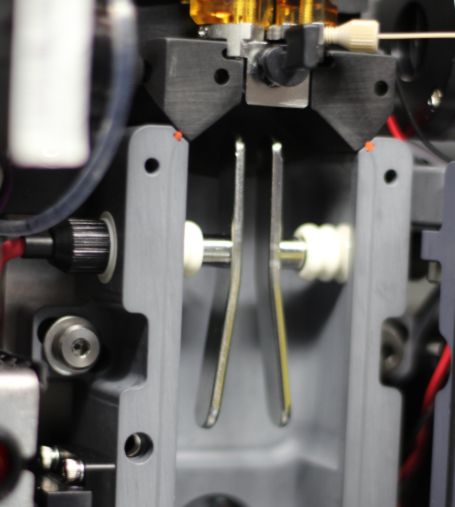A laser based cell analysis technique used for cell counting, biomarker detection and protein engineering.


Sorting a heterogeneous mixture of cells into separate containers based upon specific light scattering and fluorescent characteristics.